Plugging In, Episode 5: The One Where I Ask the Burning Question, “Why Are Tube Amps So Darn Heavy?”
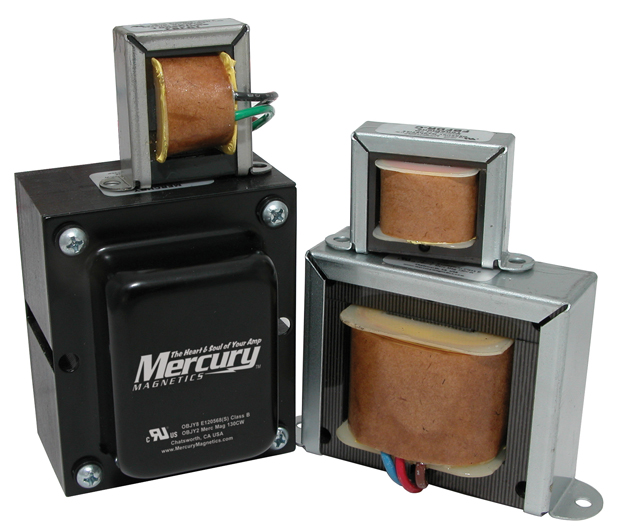
As I learn about the many benefits and challenges of going electric, one question keeps invading my brain: Why are these tube amps SO DARN HEAVY?!
And here’s where being a female musician can actually be a benefit, as most of the time someone will offer to help me move my amp around.
Now don’t get me wrong, I’m not wimpy. I'm pretty strong and regularly weight train. Yet these tube amps will be the death of me yet!
To answer this burning question, I went to a few of my amp-manufacturing buddies to get the behind-the-scenes scoop. Longtime amp veteran Mitch Colby of Amp Rx LLC explained that it’s really four areas that contribute to the weight: transformers, speakers, wood and chassis.
Transformers: The No. 1 answer!
Your amp has two transformers in it. The power transformer is responsible for taking the wall current and transforming it into the DC power used by your amplifier. The output transformer then takes the signal from the tubes and transforms it into impedances and power suitable for your speakers. That’s a lot of “amplifying” of the signal (Ah! Amplifier! Get it?).
Colby explains, “The output transformer is at the heart of the sound of a tube amp. While some people like the sound of a small transformer, especially with low power recording amps driven to distortion, bigger ones will give you more clean headroom and a fatter sound. If you want power, you need iron and more iron means more weight.
Get The Pick Newsletter
All the latest guitar news, interviews, lessons, reviews, deals and more, direct to your inbox!
"The power transformer is heavy as well. We could save weight by using toroidal power transformers, but they are more expensive and they look different than traditional power trannies. And we all know that guitarists tend to like traditional.” Oh, really? Is that true, guys? Or would you rather have a lighter amp with a non-traditional power transformer? I guess that depends on the price, too.
So there’s a lot of heavy metal involved in making that magic happen! Rich Lasner from VOX adds, “In order for transformers to ‘transform’ voltage into the levels needed by the amp, the more powerful the tube amp, the more metal is needed to make a transformer that can handle this. A transformer in a 5-watt amp adds almost nothing to the overall weight. The transformers in a 100-watt tube head are the bulk of the weight and make the amp substantial to carry around. A simple way of saying it: More watts equals more metal in the transformers!”
Heavy magnets
I’ve picked up a Celestion speaker before and, man, those can be pretty darn heavy on their own. Colby shares, “Guitarists in general prefer speakers with heavy alnico or ceramic magnets. You can save weight by using Neodymium, but it is getting very expensive, and they also sound different than what many guitarists are used to.” Ah, yes. Those infamous blue speakers have the hefty alnico magnets in them.
A sturdy cabinet
Dan Boul of 65amps chimed in on what it takes to house all of that supreme power. “Look, you’ve got heavy transformers, heavy speakers, you need a really solid cabinet so that has the integrity to hold all of that weight. You don’t want your cabinet to start coming apart as you are moving it around. We use heavy fingerjointed birch ply.” Colby adds, “Pine is also lighter and has a nice tonality if that is the sound you are looking for. It was used in the tweed Fenders.”
Finally, the chassis
The chassis is the part of your amp that holds all the pieces together. All the transformers, tubes, switches, wiring, capacitors, fuses and lots of other doo-dads are housed on the chassis. The weight of a strong and durable chassis, while less than the above components, isn’t insignificant. You don’t want all those parts to jiggle around, do you?
OK, so at least now I know why this thing is so heavy. Great tone comes with sacrifice, right?
Next time I try some different electric guitar recording options!
Laura B. Whitmore is a singer/songwriter based in the San Francisco bay area. A veteran music industry marketer, she has spent over two decades doing marketing, PR and artist relations for several guitar-related brands including Marshall and VOX. Her company, Mad Sun Marketing, represents 65amps, Acoustic Bass Amps, Agile Partners, Guitar World and many more. Laura was instrumental in the launch of the Guitar World Lick of the Day app. She is the lead singer for the rock band, Summer Music Project. More at mad-sun.com.
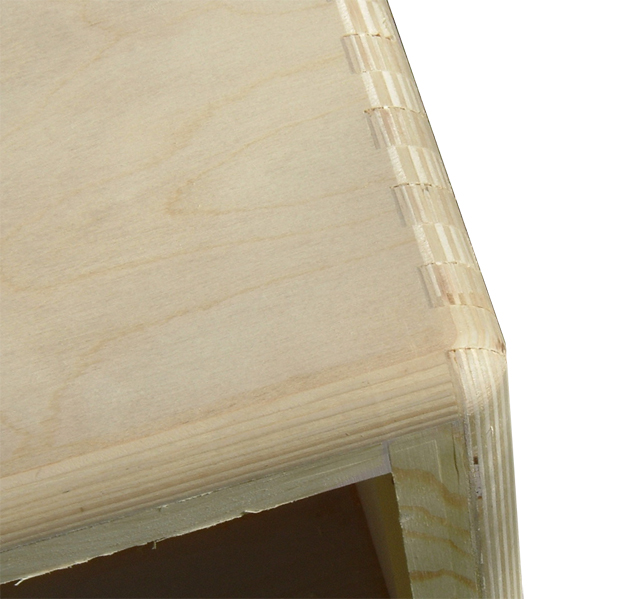
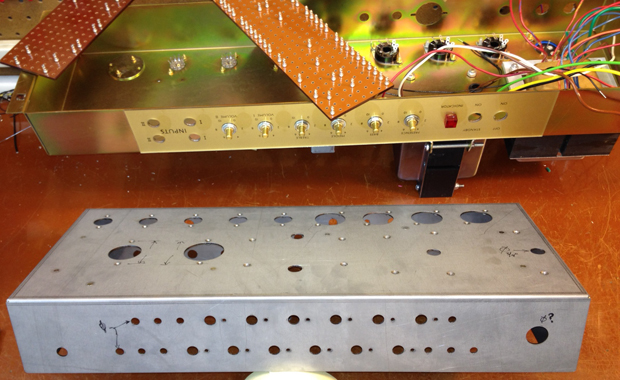
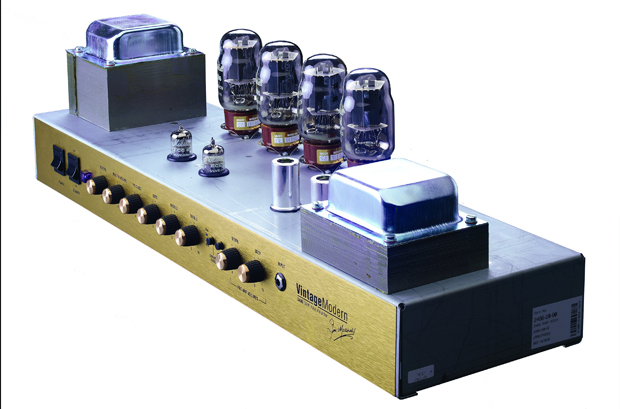
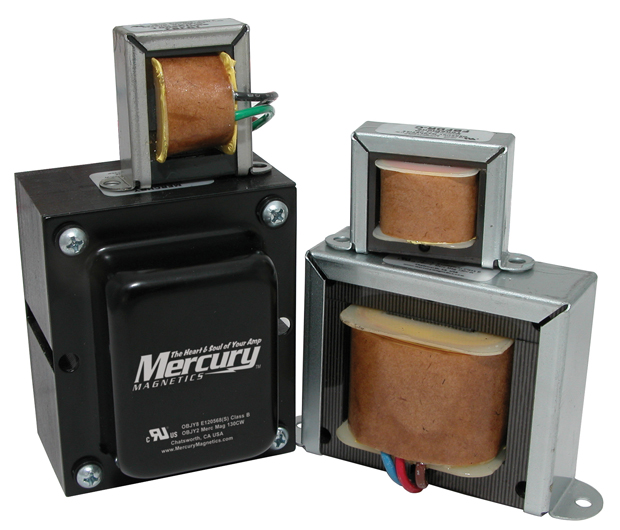
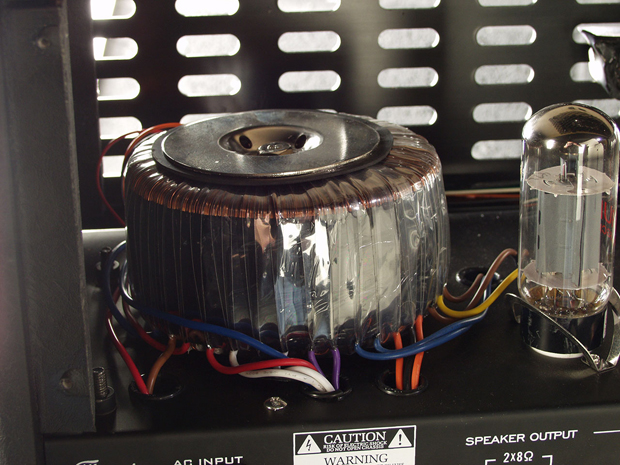
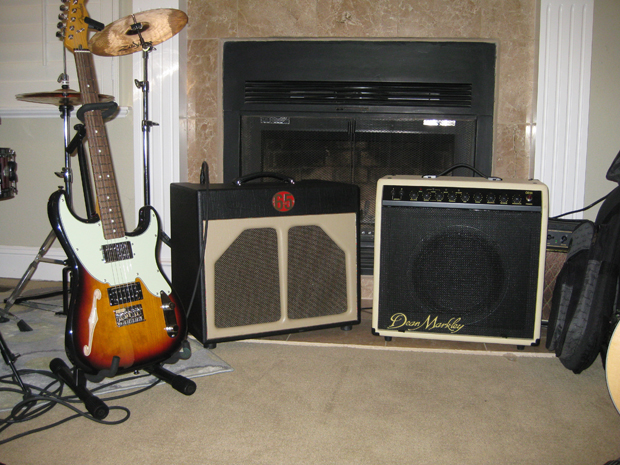
Laura B. Whitmore is a music industry marketing veteran, music journalist and editor, writing for Parade.com, Guitar World, and others. She has interviewed hundreds of musicians and hosts the She Rocks Podcast. As the founder of the Women’s International Music Network, she advocates for women in the music industry and produces the annual She Rocks Awards. She is the Senior Vice President of Marketing for Positive Grid, making the world safe for guitar exploration everywhere! A guitarist and singer/songwriter, Laura is currently co-writing an album of pop songs that empower and energize girls.
"I never use my tube amp at home now, because I have a Spark Live": 5 reasons you should be picking up the Positive Grid Spark Live in the massive Guitar Month sale
“Our goal is to stay at the forefront of amplification innovation”: How Seymour Duncan set out to create the ultimate bass amp solution by pushing its PowerStage lineup to greater heights











